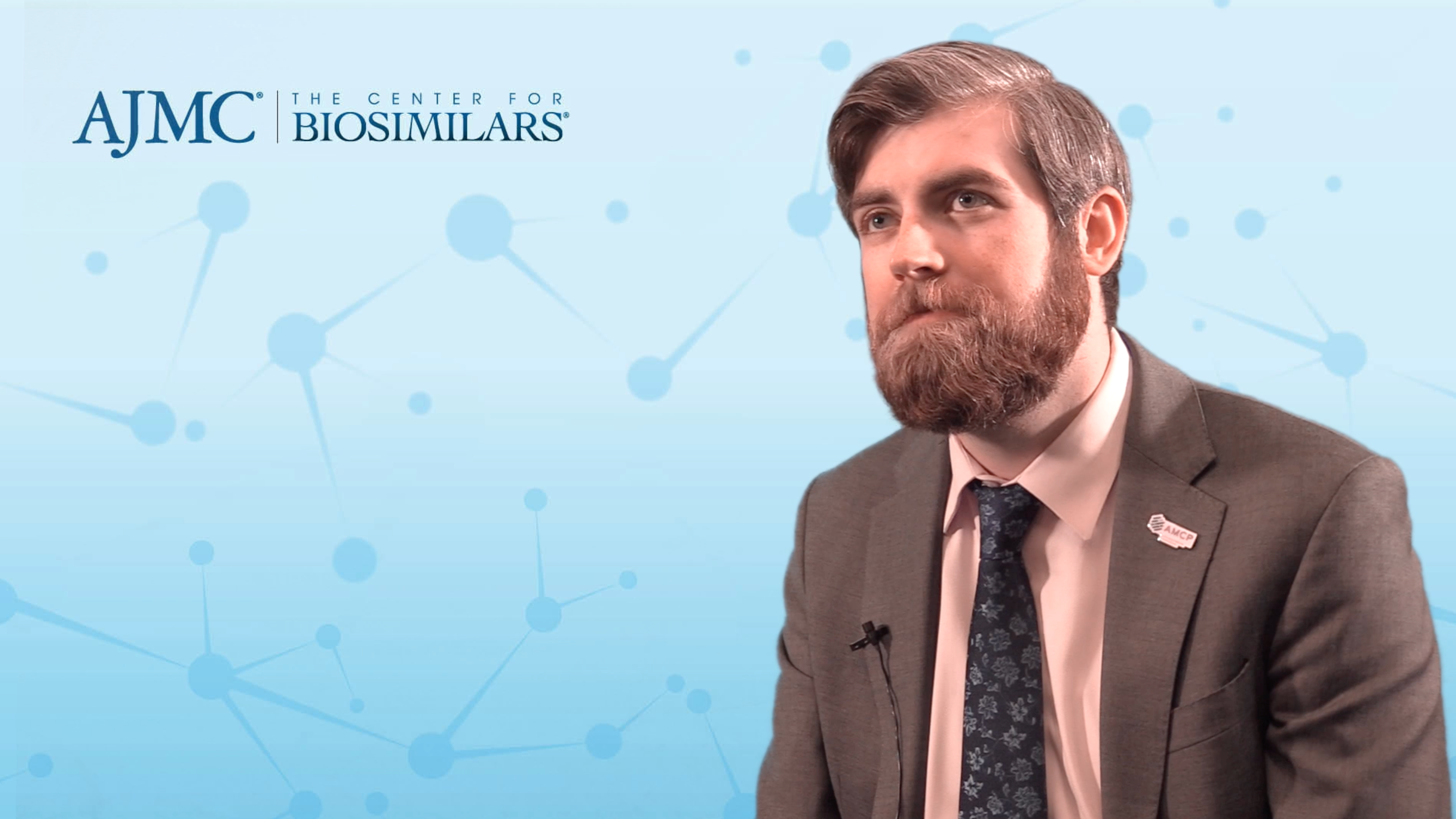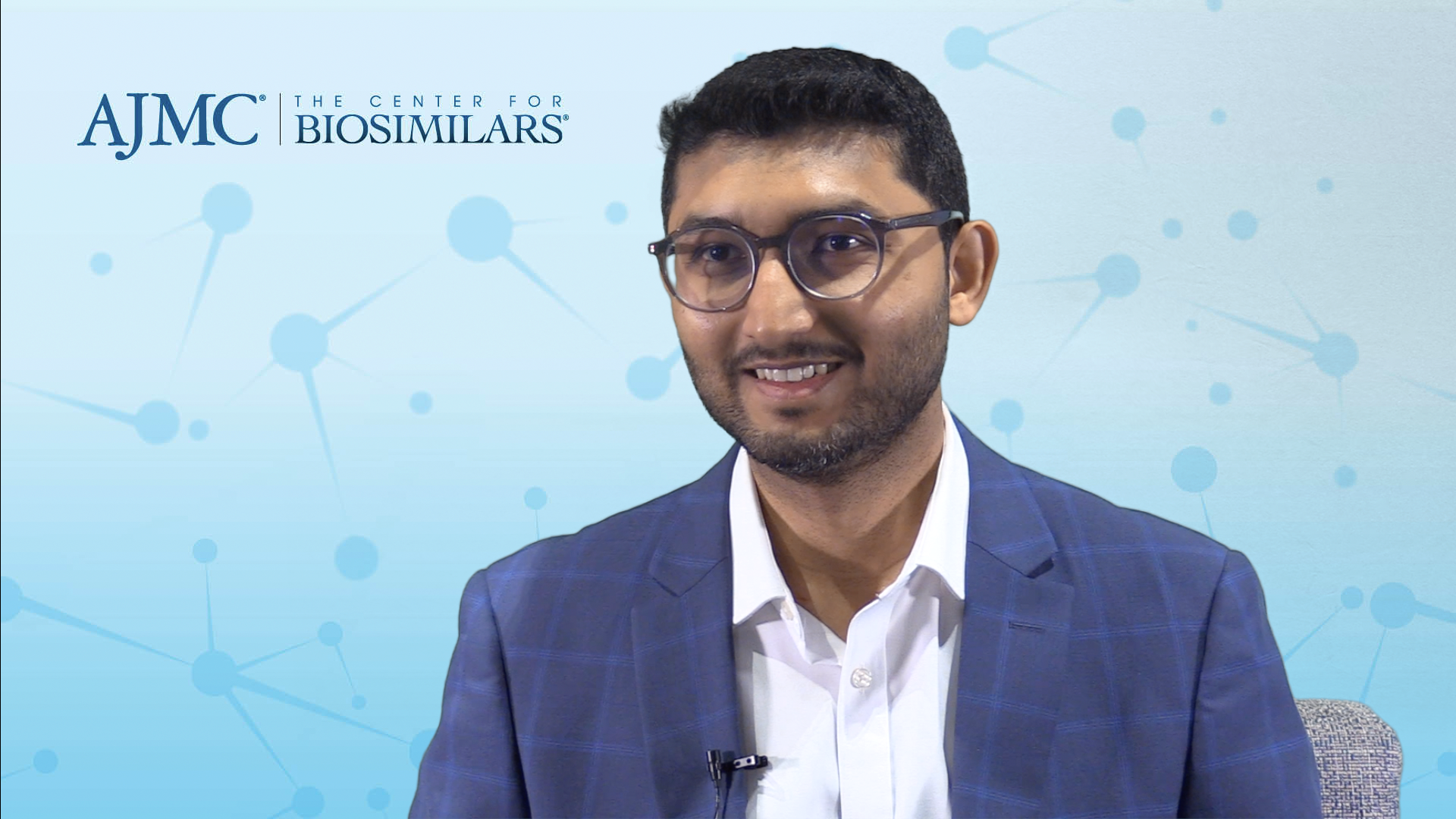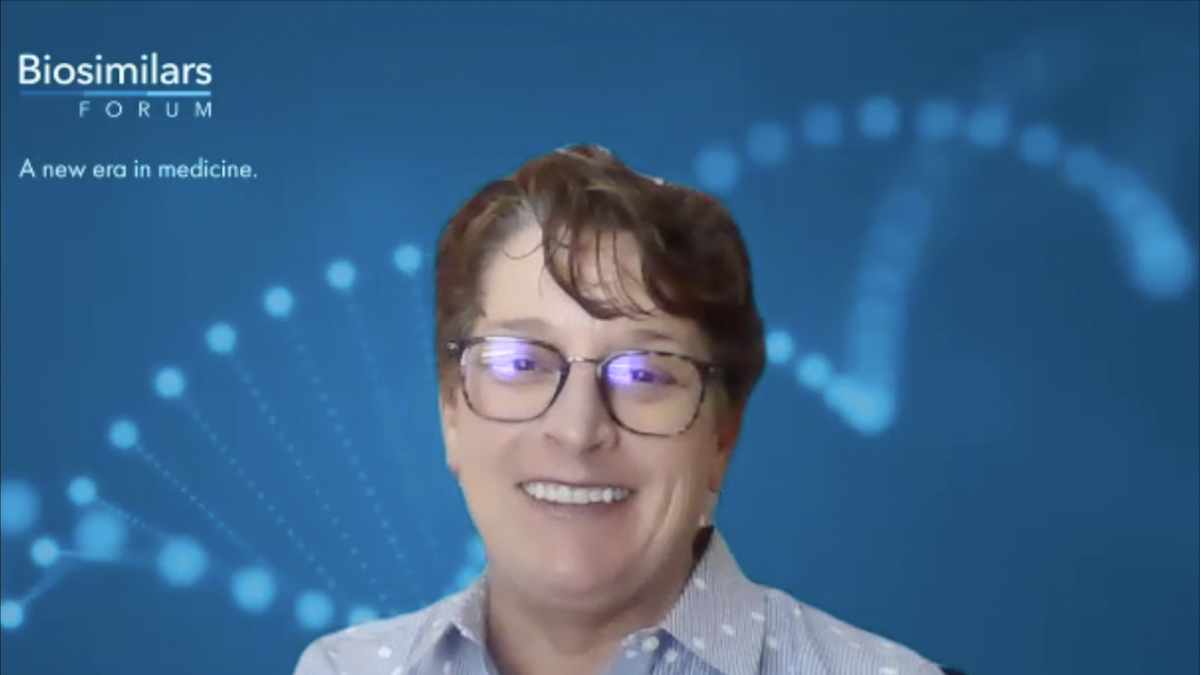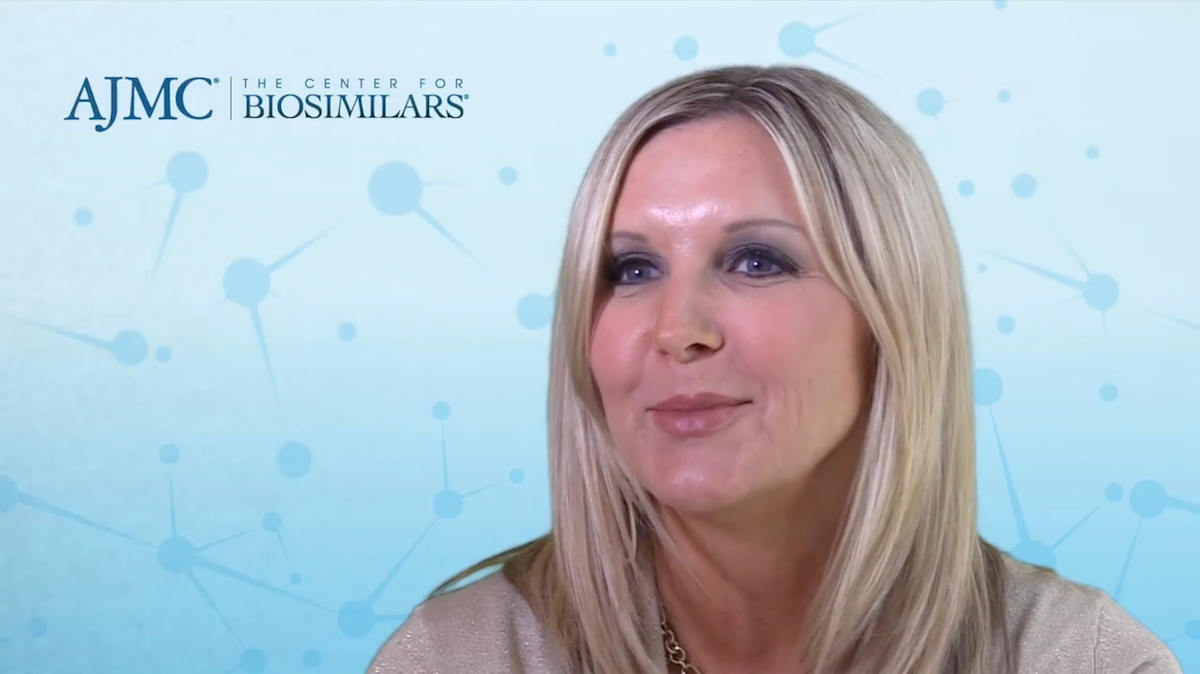- Bone Health
- Immunology
- Hematology
- Respiratory
- Dermatology
- Diabetes
- Gastroenterology
- Neurology
- Oncology
- Ophthalmology
- Rare Disease
- Rheumatology
Under Cost Pressure, European Physicians Still Need Education on Biosimilars
On Tuesday and Wednesday, during the International Society for Pharmacoeconomics and Outcomes Research (ISPOR) 23rd Annual International Meeting in Baltimore, Maryland, researchers from Europe addressed the fact that, while biosimilars have a longer history in the European marketplace than they have in the United States, challenges to uptake still linger.
On Tuesday and Wednesday, during the International Society for Pharmacoeconomics and Outcomes Research (ISPOR) 23rd Annual International Meeting in Baltimore, Maryland, researchers from Europe addressed the fact that, while biosimilars have a longer history in the European marketplace than they have in the United States, challenges to uptake still linger.
Cost Pressure Is Driving Biosimilar Use in Europe
A cross-sectional survey conducted among 677 physicians in the United Kingdom, France, Germany, Italy, and Spain (the EU5) revealed that cost pressures—from a variety of sources—are a major factor influencing adoption of biosimilars of anti—tumor necrosis factor (anti-TNF) therapies.1
The clinicians surveyed included gastroenterologists (n = 199), dermatologists (n = 222), and rheumatologists (n = 256). Among the 3 clinician groups, the following percentages of physicians cited payer pressure as a driving factor in prescribing biosimilars in favor of their reference products:
- Rheumatologists, 35.9% (range, 30.8% in Germany to 42.3% in Italy)
- Gastroenterologists, 37.7% (range, 17.5 in Italy to 60.0% in Spain)
- Dermatologists, 25.2% (range, 10.9% in Germany to 40.0% in Spain)
Among rheumatologists, gastroenterologists, and dermatologists, respectively:
- 32.0%, 44.7%, and 35.6% anticipated that clinical guidelines would eventually require them to prescribe biosimilars instead of branded anti-TNF agents.
- 30.9%, 62.3%, and 59.6% anticipated that health insurance providers would require them to prescribe biosimilars to save on costs.
- 32.4%, 55.3%, and 49.5% expected that their hospitals or clinics would encourage biosimilar use through internal policies.
The authors say that understanding the financial implications of—and the reasons underlying—biosimilar uptake may be helpful in facilitating greater use of biosimilars in treating inflammatory diseases.
Awareness of and Confidence in Biosimilars Varies Across the European Union
While cost may be a compelling force in generating greater use of biosimilars in Europe, disparities still exist among clinicians in terms of education about these products.
Another study, by the same research team, also used a cross-sectional survey of physicians in the EU5 and assessed the overall perception of anti-TNF agents, barriers to use, and cost factors influencing adoption of these drugs.2 Rheumatologists (n = 250), gastroenterologists (n = 200), and dermatologists (n = 220) were included in this survey.
The researchers found that more rheumatologists reported that they were aware of biosimilars (83%) than dermatologists (61%) or gastroenterologists (72% to 74%). More gastroenterologists, however expressed a high level of agreement with statements that affirmed the efficacy, safety, and trustworthiness of biosimilars (37%-54%) than dermatologists (14%-38%) or rheumatologists (25%-41%).
Both gastroenterologists and rheumatologists reported unfavorable views of biosimilars with respect to long-term safety and efficacy, though they reported favorable views of biosimilars with respect to formulary coverage.
Dermatologists reported very few positive views of biosimilars across all the surveyed domains.
These discrepancies among clinicians’ views on biosimilars, say the authors, reveal the need to for tailored education by specialty in order to enhance the use of biosimilars across the range of diseases that could benefit from these cost-saving drugs.
Not All European Biosimilars Policies Yield Strong Uptake
Previous studies have demonstrated that access to biologics from indications such as Crohn disease is linked with the gross domestic product of many nations in Europe; in countries such as Hungary, where the budget impact of biologics is high, access to anti-TNF agents is very restricted, and the government is hoping to encourage the use of biosimilars to hold down costs.
However, a new study presented at ISPOR showed that policies that incentivize the uptake of cost-saving biosimilars in Hungary are producing only mixed results.3
The study considered experience with biosimilar infliximab in ulcerative colitis (UC) and rheumatoid arthritis (RA). Researchers aggregated the numbers of patients receiving innovator biologics (infliximab and adalimumab) and biosimilar infliximab in these indications, and also assessed how many patients switched to the cheaper biosimilar infliximab.
They found that, as all new patients with UC and RA who are initiating infliximab were given the biosimilar according to national policy, in treating UC, market share of the biosimilar agent reached 33.7% by 2016 (3 years after the innovator infliximab lost patent expiry). However, in treating RA, the biosimilar only achieved 0.2% of market share in the same period.
During the study period, 25% of patients with UC who switched from adalimumab to infliximab received the originator product, and 75% received the biosimilar infliximab. However, among patients with RA who switched, only 1.6% were given the biosimilar infliximab; the majority, say the researchers, were switched to 1 of 7 brand-name biologics.
The researchers say that new policy tools and measures will be needed to facilitate biosimilars, including single switches to biosimilar agents, in order to incentivize the uptake of these products.
References
1. Karki C, Baskett A, Baynton E, Lu Y, Shah-Manek B. Perceptions of cost pressure associated with biosimilars among physicians in Europe. Presented at the International Society for Pharmacoeconomics and Outcomes Research 23rd Annual International Meeting. May 23, 2018; Baltimore, Maryland. Abstract PSY48. ispor.org/ScientificPresentationsDatabase/Presentation/79670.
2. Shah-Manek B, Baskett A, Baynton E, Lu Y, Karki C. Perceptions of biosimilars across physician specialties in Europe. Presented at the International Society for Pharmacoeconomics and Outcomes Research 23rd Annual International Meeting. May 23, 2018; Baltimore, Maryland. Abstract PSY130. ispor.org/ScientificPresentationsDatabase/Presentation/79855.
3. Harsányi A, Csanádi M, Márky K, et al. Biosimilar infliximab utilization after patent expiry: the case of colitis ulcerosa and rheumatoid arthritis in Hungary. Presented at the International Society for Pharmacoeconomics and Outcomes Research 23rd Annual International Meeting. May 22, 2018; Baltimore, Maryland. Abstract PHP52. ispor.org/ScientificPresentationsDatabase/Presentation/81397.
Early Success of Adalimumab Biosimilars Featured at AMCP 2025
April 5th 2025High adherence rates, comparable clinical effectiveness, and cost savings have marked the early adoption of adalimumab biosimilars in the US, particularly in formulary-driven transitions, as shown in 2 retrospective studies presented at the Academy of Managed Care Pharmacy annual meeting (AMCP 2025).
Insights from Festival of Biologics: Dracey Poore Discusses Cardinal Health’s 2024 Biosimilar Report
May 19th 2024The discussion highlights key emerging trends from the Festival of Biologics conference and the annual Cardinal Health Biosimilars Report, including the importance of sustainability in the health care landscape and the challenges and successes in biosimilar adoption and affordability.
The Top 5 Most-Read Conference Articles of 2024
December 26th 2024The top 5 biosimilar conference articles in 2024 highlight significant progress in the biosimilar landscape, including strategies for market sustainability, safety of switching to biosimilars, and substantial savings through high biosimilar adoption, while also addressing ongoing challenges.
What AmerisourceBergen's Report Reveals About Payers, Biosimilar Pricing Trends
May 28th 2023On this episode of Not So Different, Tasmina Hydery and Brian Biehn from AmerisourceBergen discussed results from a recent survey, that were also presented at Asembia 2023, diving into the payer perspective on biosimilars and current pricing trends across the US biosimilar industry.
Strengthening the Supply Chain: Key Insights From FDA Commissioner Dr Robert Califf
October 25th 2024At the GRx+Biosims conference, FDA Commissioner Robert Califf, MD, stressed the urgent need for data transparency in the global supply chain and the role of collaboration and artificial intelligence in ensuring the resilience of biosimilar and generic drug production.







